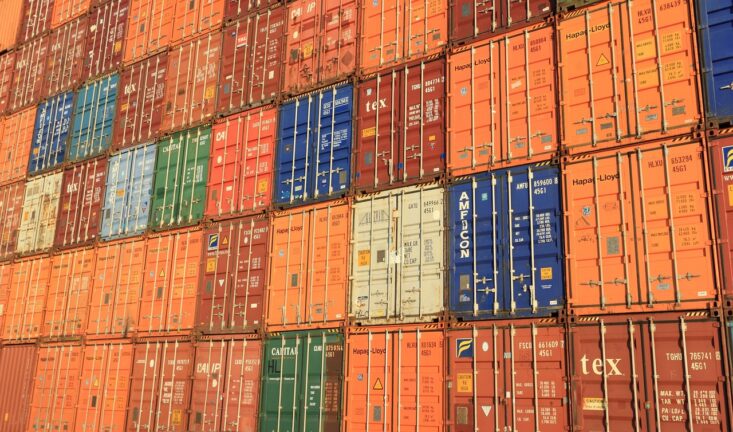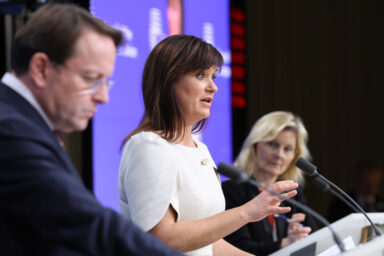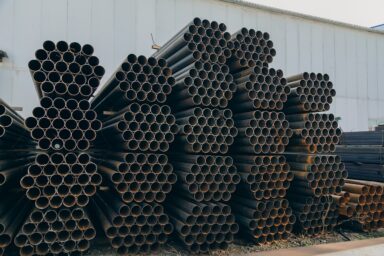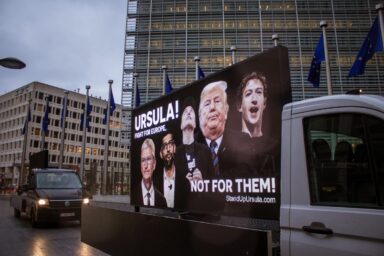More than a few EU officials on Thursday must have breathed a sigh of relief as US President Donald Trump’s long-touted tariffs came into force, since a deal was already in place. A week and a half ago, the framework agreement capping tariffs at 15 per cent on EU exports was widely criticised as securing precious little from the US. But for the moment, many in Brussels and business circles will probably be relieved the outcome wasn’t even worse.
While the deal reached at Mr Trump’s Turnberry golf course in Scotland limited greater damage and compares favourably to higher tariffs imposed on other exporters, questions remain over what will happen next and what it will mean for the 27-member bloc. One reason? Countries from Brazil to Switzerland to India are now facing US tariffs ranging up to 39, 50, or even 100 per cent on some goods. These will be looking to improve their footing in alternative markets, including the EU.
The result? Increasing competition internally. There will be new threats of eroding market share for European exporters and squeezed margins domestically, even as they face tougher conditions in exports to the United States.
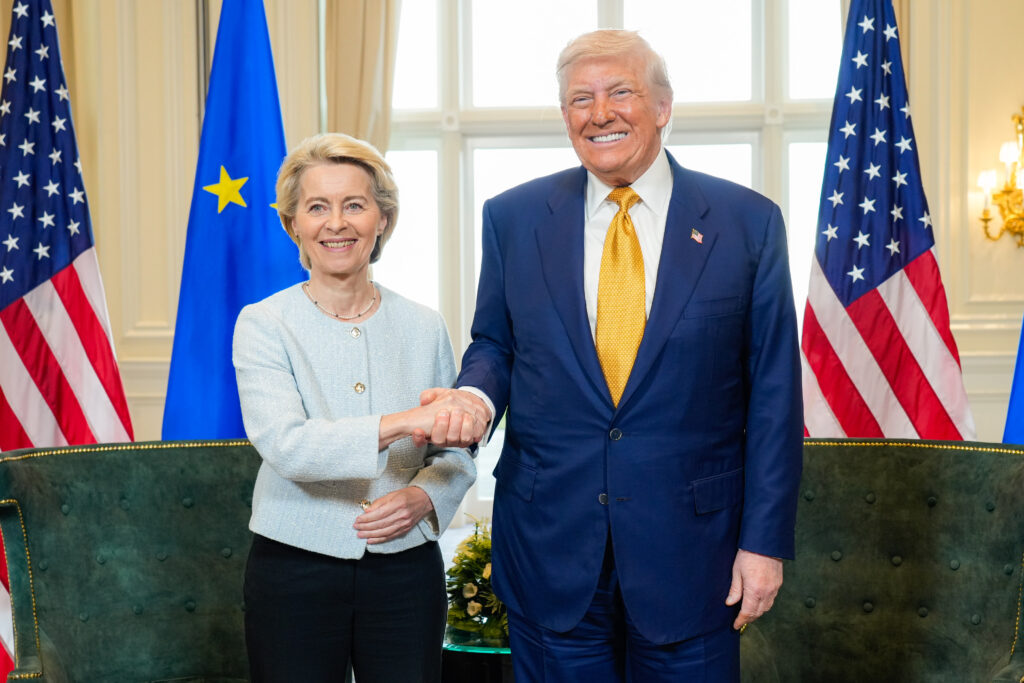
Investment uncertainty
Many EU firms, especially in steel, automotive, and pharmaceuticals—industries heavily reliant on US markets—are already dealing with supply chain disruptions and heightened uncertainty, complicating production planning and investment decisions. Lorenzo Codogno, a former chief economist at the Italian Treasury and founder of LC Macro Advisors, told the Financial Times this month that rising tensions threatened to unsettle fragile supply chains and discourage investment precisely when businesses required stability.
In addition, the European Commission urged European companies to invest $600bn in the US economy, a pledge, sceptics point out, that is voluntary and without binding guarantees. Mr Trump, seemingly always on the lookout, warned earlier this week that if these investment commitments did not materialise, the EU would face a whiplash tariff rise of 35 per cent. This is a warning that heightens uncertainty for exporters and investors alike.
You might be interested
Diversification and resilience
To mitigate risks, the EU is actively pursuing trade diversification, deepening economic ties with Canada, Mexico, India, and Mercosur members. While these efforts offer longer-term opportunities, entry barriers and competition mean gains will be gradual and uncertain. High-end sectors such as luxury automobiles, pharmaceuticals, and advanced machinery may weather the storm better, buoyed by brand strength and niche market positioning. By contrast, traditional manufacturing and intermediate goods face immediate tariff costs and the effects of global trade volatility.
Recent research from ING in early 2025 analysed the impact of US tariffs at a 25% level and projected a short-term GDP contraction for the EU of up to 0.7%. However, the current agreement caps tariffs at 15%, which suggests the immediate economic hit may be less severe, though exact estimates are not yet available. The overall impact depends on how trade patterns, investment, and supply chains adjust in the coming months.
Similarly, the European Commission’s revised its latest forecasts downward, reflecting broader uncertainties linked to trade tensions, though no direct breakdown for the new tariff rates has been released. In short, while consumers and businesses on both sides of the Atlantic may face some cost pressures, the full economic consequences are still unknown and will hinge on developments in trade relations and market responses. Notably, US markets have at least so far shown more resilience than anticipated in absorbing price increases. Tariffs are expected to push up consumer prices on both sides of the Atlantic, contributing to inflationary pressures that will add to the cost of living for households already facing their share of economic challenges.
Measured response amid volatile environment
The EU’s cautious approach—which faced criticism in the days following the framework agreement—avoids broad retaliatory tariffs that could stoke inflation. Instead, it leans on diplomatic engagement, trade diversification, and hopes for private sector investment to bolster economic resilience. Reports confirmed the EU will hold off on imposing sanctions for at least six months, raising questions about the future role of the much-discussed Anti-Coercion Instrument (ACI). Many had expected that tool, informally known as the ‘bazooka’ , to be deployed as a shield for the bloc amid rising trade tensions. Still, as Mr Trump himself would be the first to admit, the US president likes to keep people guessing and off-kilter and in that respect the EU will have to remain ready for anything.
European Commission President Ursula von der Leyen, in a now oft-repeated statement following the deal, made clear she was hoping for the best. “It will bring stability, it will bring predictability,” she said at the time, adding it would be “very important for businesses on both sides of the Atlantic.” It is likely that all involved now know that nothing is set in stone. The unfolding trade tensions will require a delicate balancing act by the EU as it navigates economic risks and political realities in what is likely to be a volatile global environment for some time to come.
